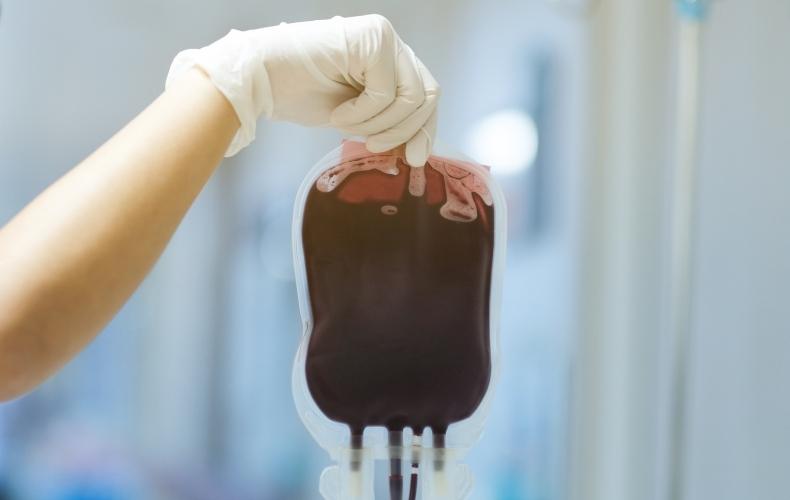
A stem cell transplant is an effective treatment for many forms of cancer, including leukaemia, lymphoma, and multiple myeloma. The procedure uses hematopoietic stem cells to re-establish the patient’s ability to create healthy blood cells.
Whenever a cancer patient requires a stem cell transplant, doctors immediately look for donor stem cells from one of four common sources:
- A matched related donor (sibling)
- A matched unrelated donor (from a donor database)
- A half-matched donor
- Umbilical cord blood
There are different advantages and disadvantages associated with each donor source. However, the general consensus is that the best option is a matched sibling donor, followed by a matched unrelated donor.
Cord blood stem cells and half-matched donors are usually reserved for patients who cannot use either of the first two options.
However, new research from scientists at the University of Colorado Cancer Center suggests that cord blood stem cells could be the safest and most effective source of donor stem cells.
A team of researchers compared the treatment results of 190 patients receiving cord blood transplants with 123 patients receiving transplants from matched sibling donors. They found no difference in the treatment outcomes between both groups.
Interestingly, they also found that the patients receiving cord blood transplants had significantly fewer complications relating to chronic graft-versus-host disease. In other words, cord blood stem cells were a better option than stem cells from matched sibling donors.
As Dr. Jonathan Gutman of the CU Cancer Center explained: “Our cord blood patients were doing as well as patients receiving transplants from matched siblings, and in selected populations cord blood patients were doing even better. Our program at CU Cancer Center is somewhat unique in its emphasis on cord blood as a donor source for stem cell transplants and this study is an affirmation of why we do what we do here.”
The researchers also discovered that patients receiving cord blood stem cell transplants had a lower rate of relapse compared to other patients.
These findings suggest that umbilical cord blood should become the preferred source of donor cells as they lead to improved outcomes. This is good news for parents who have stored their child’s umbilical cord stem cells for future use.
Saving Your Baby’s Cord Blood at Birth
Saving your baby’s cord blood at birth is your once-in-a-lifetime chance to collect and preserve the valuable stem cells within your baby’s umbilical cord blood. These stem cells are currently being used to treat more than 85 medical conditions including blood disorders and certain types of cancers. More than 40,000 cord blood transplants have been performed worldwide.
Want to learn more about cord blood banking? Call us now at 04-3116613 or send us an email.
Source: Cord blood for stem cell transplant may outperform matched sibling donor
{{cta(‘a30cec0a-5bde-4167-9d35-9d42b560ca18’)}}
